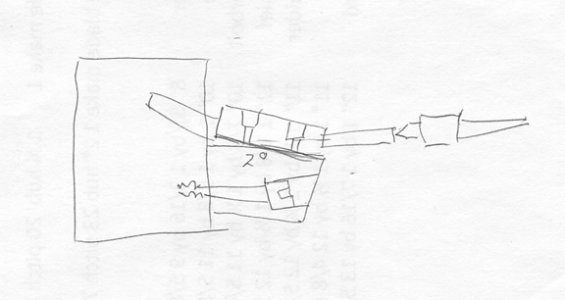- Joined
- Aug 28, 2014
- Messages
- 315
wouldnt it be easier to mill two parallel flats on each end of the bar set off by 2 degrees to the centerline of the bar?
One question that has not come up: does the FAA need to certify this part for flight use?
That's pretty much what I tried to describe. You'd mill the blocks at a 4 degree angle to the spindles so that the chuck could grip them squarely.I have been staring at this for some time, and a question popped up. Would it be possible to have a block on each end of the spindles to put your centers in, then use a 4 jaw chuck to set the offset and turn at the tailstock end? I don't have cad, but it would look something like this III-----III-----III, where the III equates to the rectangular and the ---- represents the spindles. Then when the pieces are machined, the end centering blocks can be cut off. Just thinkin'.

